Museum of the National Resistance Movement in Renda
Museum

The museum is located a few kilometres from the centre of Renda parish. The exhibit tells about the 50-year-long resistance movement in Latvia: resistance to the first Soviet occupation, resistance to the Nazi German occupation, and the armed and non-violent resistance to the Soviet occupation. The exhibit is located in two buildings. The first building houses evidence of the first Soviet occupation and German occupation. The exhibit showcases a restored barn building where the focus lies on the National Partisan War. Between the two buildings there is a bunker with an authentic layout and trenches used by soldiers. Located near the museum in Renda, excavations, blindages and an obstacle course serve as a training ground for youth guards and anyone interested. Visits must be booked in advance.
One of the largest battles of the national partisans, called the Āpūznieki Battle, took place in January 1946 not far from here. The battle saw the Kabile National Partisan Group overpower much larger forces of the occupying power. Featuring information stands, the battle site is now home to a rest area.
Used sources and references:
www.rezistence.lv
Your comments
Good afternoon. The e-mail address of Renda Museum "Viesturi" is rubena.fonds@inbox.lv, tel. +371 26559172. Please contact Andreja Ľeizer. He will definitely tell about the museum's plans for this year. We have been to the mentioned museum several times - it is worth a visit for anyone interested in the history of their country.
Sincerely: The Country Traveler.
Related timeline
Related topics
Related stories
About the last Vidzeme partisan group
An incredible story about how the Chekists "surrendered" to the last partisan group in Vidzeme, asking them to come out of the forest.
About D. Breikšs' national partisan group
The memorial site was established on the site of the former houses of “Daiņkalni” and “Graškalni” in Rauna parish, under which a group of national partisans led by Dailonis Breikšis (nickname Edgars, 1911-1952) hid in bunkers from 1950 to 1952.
Pēteris Supe - initiator of the establishment of the Latvian National Partisan Association
From 1944 to 1946, Pēteris Supe managed to unite the national partisan units scattered in the forests into an organized movement, which continued to fight against the occupation of Latvia in Abrene County for several years after World War II. Pēteris Supe, nicknamed “Cinītis”, was one of the most outstanding organizers and leaders of the national partisan movement in Northern Latgale.
Pēteris Čevers - national partisan and commander of a partisan group
Pēteris Čevera - national partisan and commander of a national partisan group
Jānis Tilibs' memories of the partisan unit "Tēvijas Vanagi"
Jānis Tilibs' memoirs about the activities of the partisan unit "Tēvijas Vanagi" in Southern Kurzeme until the year 1950
The Battle of Dzelzkalni in the Zūri Forest on February 23, 1946
The winter of 1945/46, the Brass Group spent in the Zūri forest in the Dzelzkalni area, where several bunkers had been built. Approximately 40 partisans lived there. On February 23, 1946, the camp was surrounded by the USSR Internal Affairs troops and a fierce battle took place.
The capture of Kabyle at the turn of 1945-1946
One of the most striking manifestations of post-war armed resistance in Kurzeme was the capture of Kabile on Christmas 1945 and the subsequent battle near the Āpuznieki house on January 1, 1946.






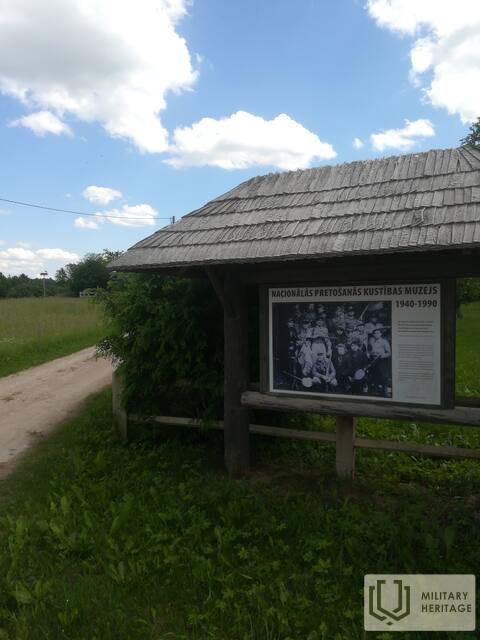
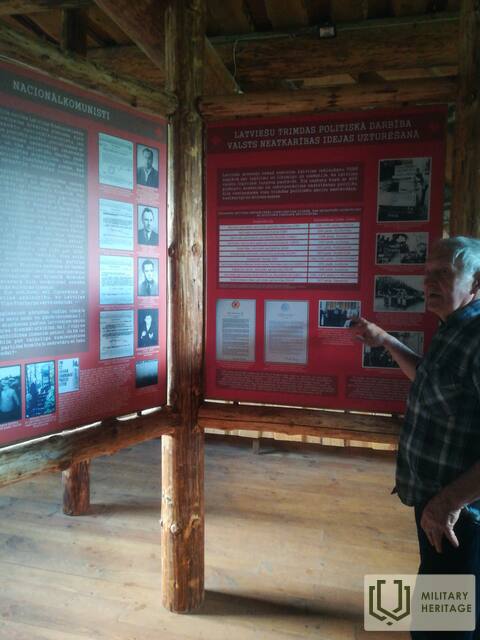
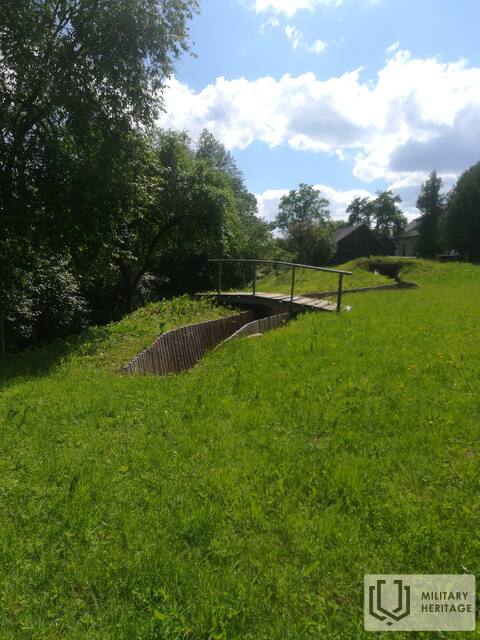
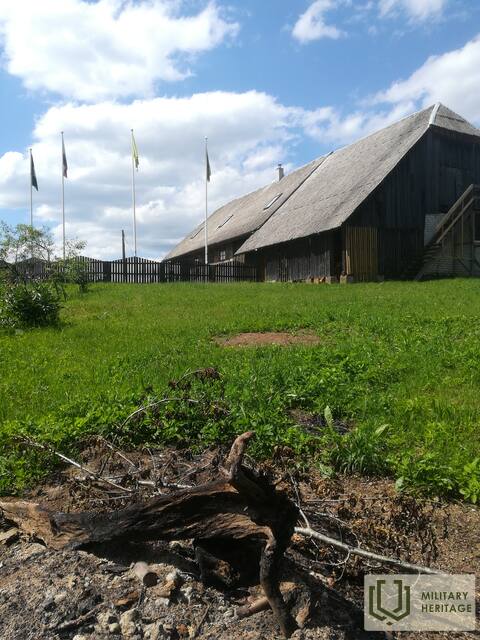
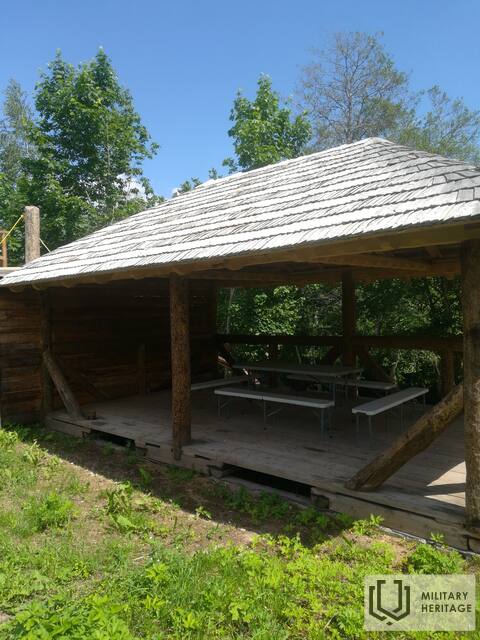
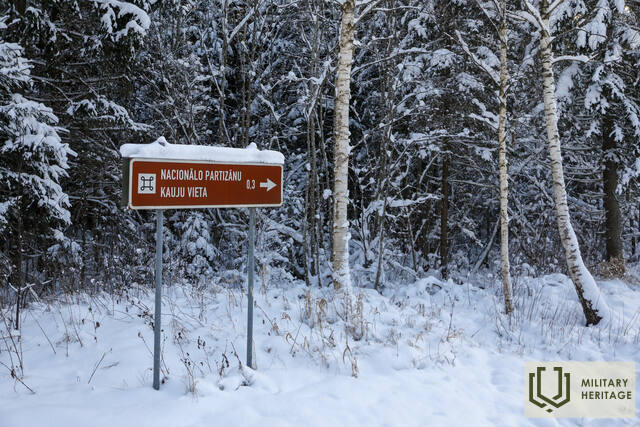
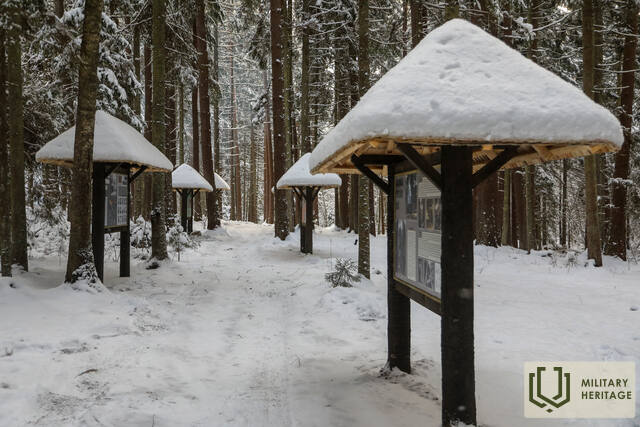
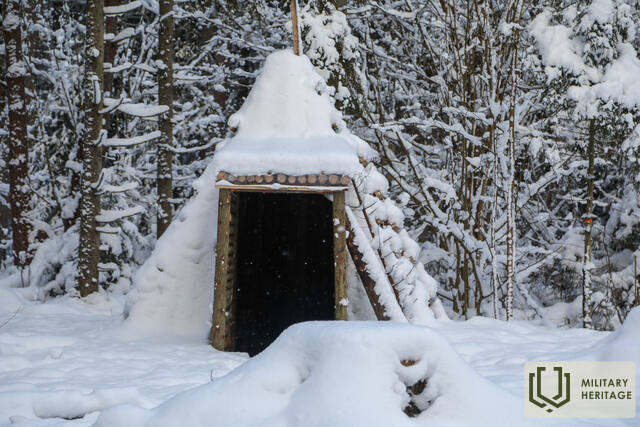
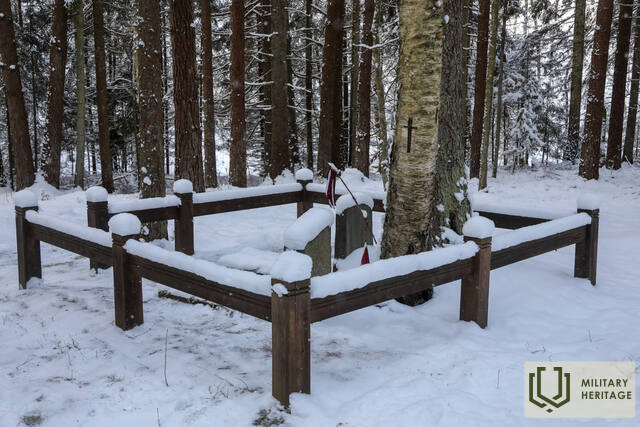
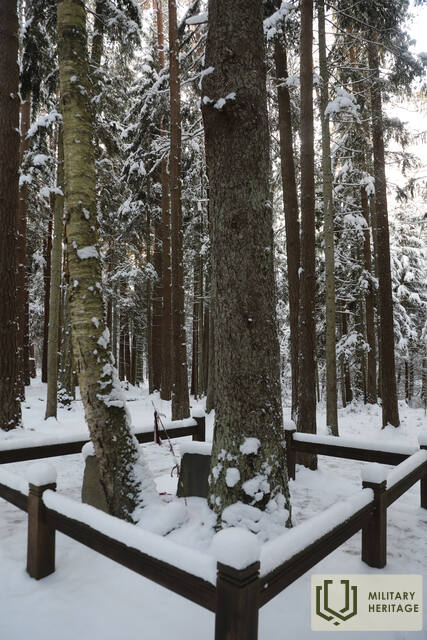
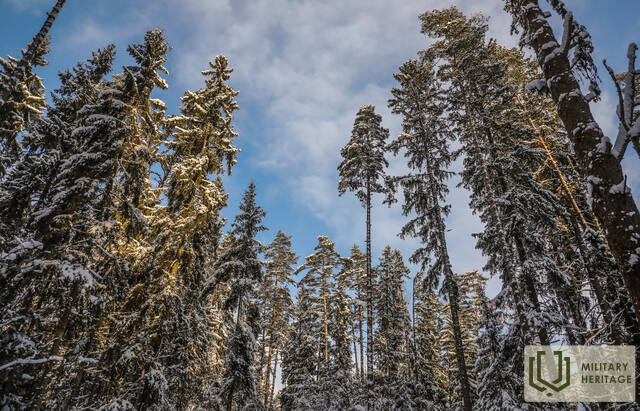
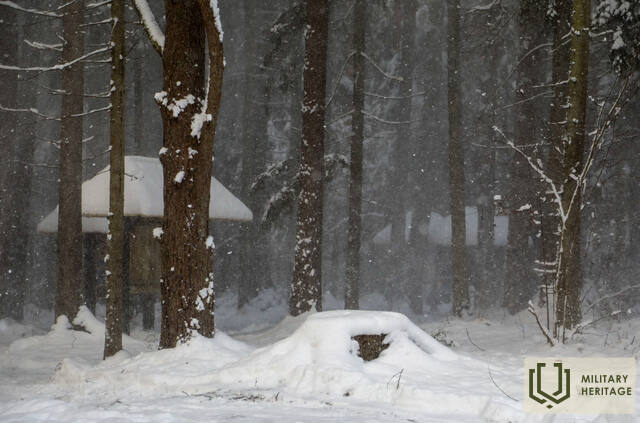
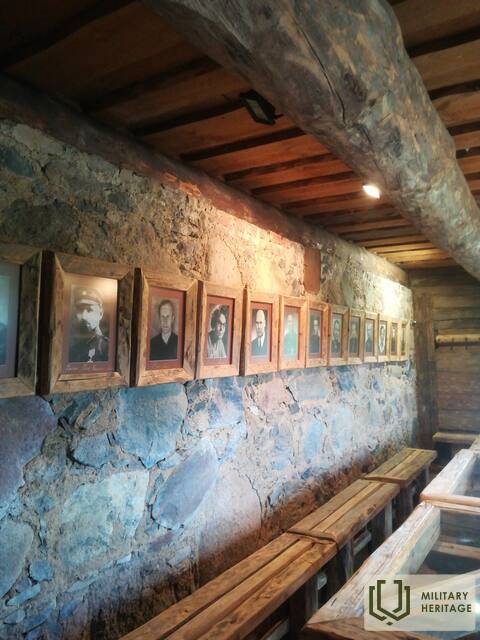



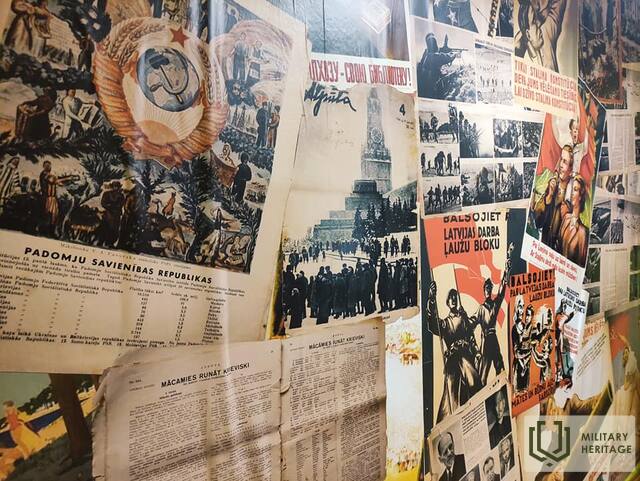
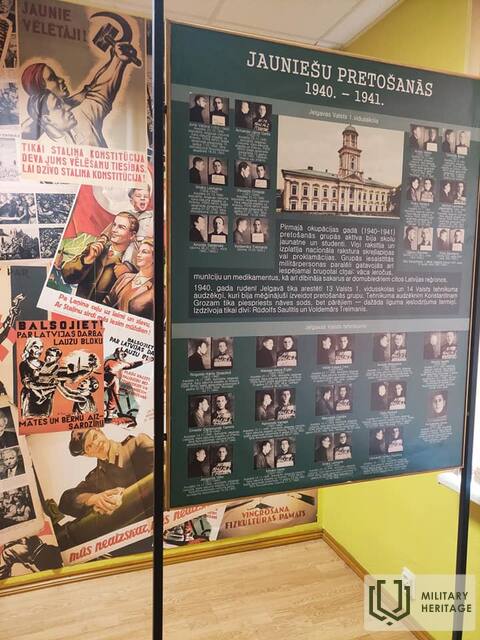
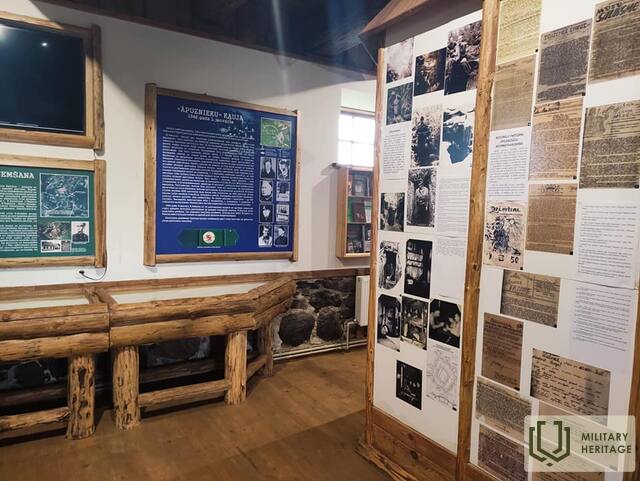
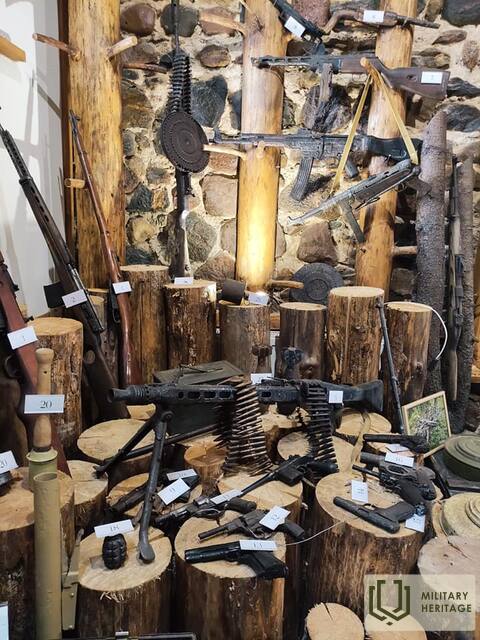
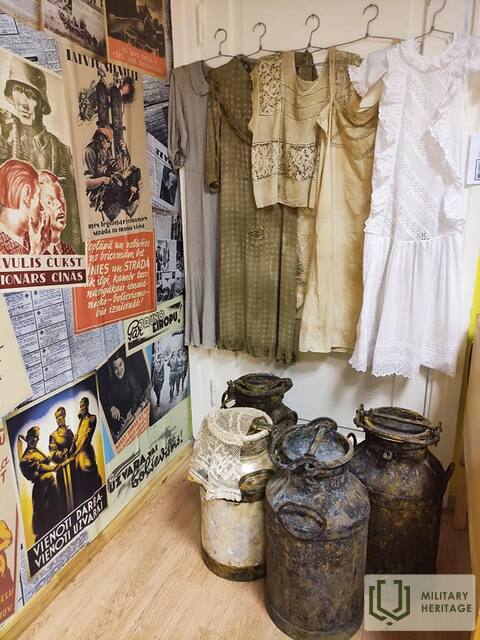
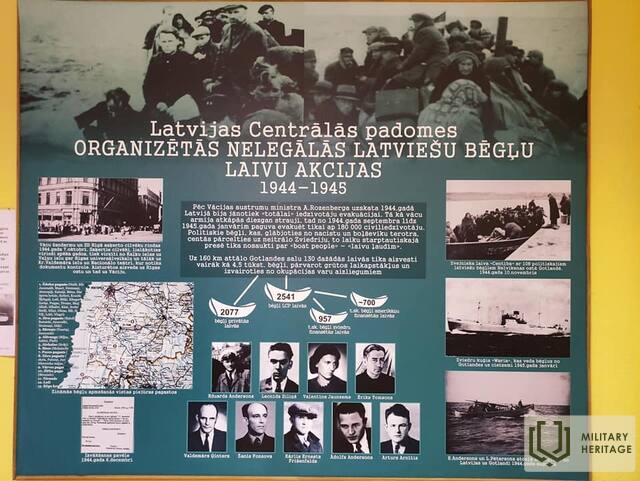
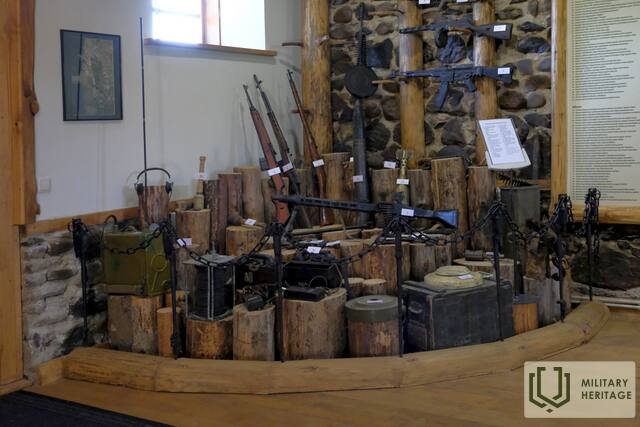















Good afternoon. Is it possible to inform me about your museum - Renda, the planned events, discussion, proposals, by writing to me on e-mail ciekurkalnietis@gmail.com ps I also recommend creating awareness for those who have signed up to receive news from your museum in their e-mail. A nation that does not remember its past, does not honor its heroes, has no future.